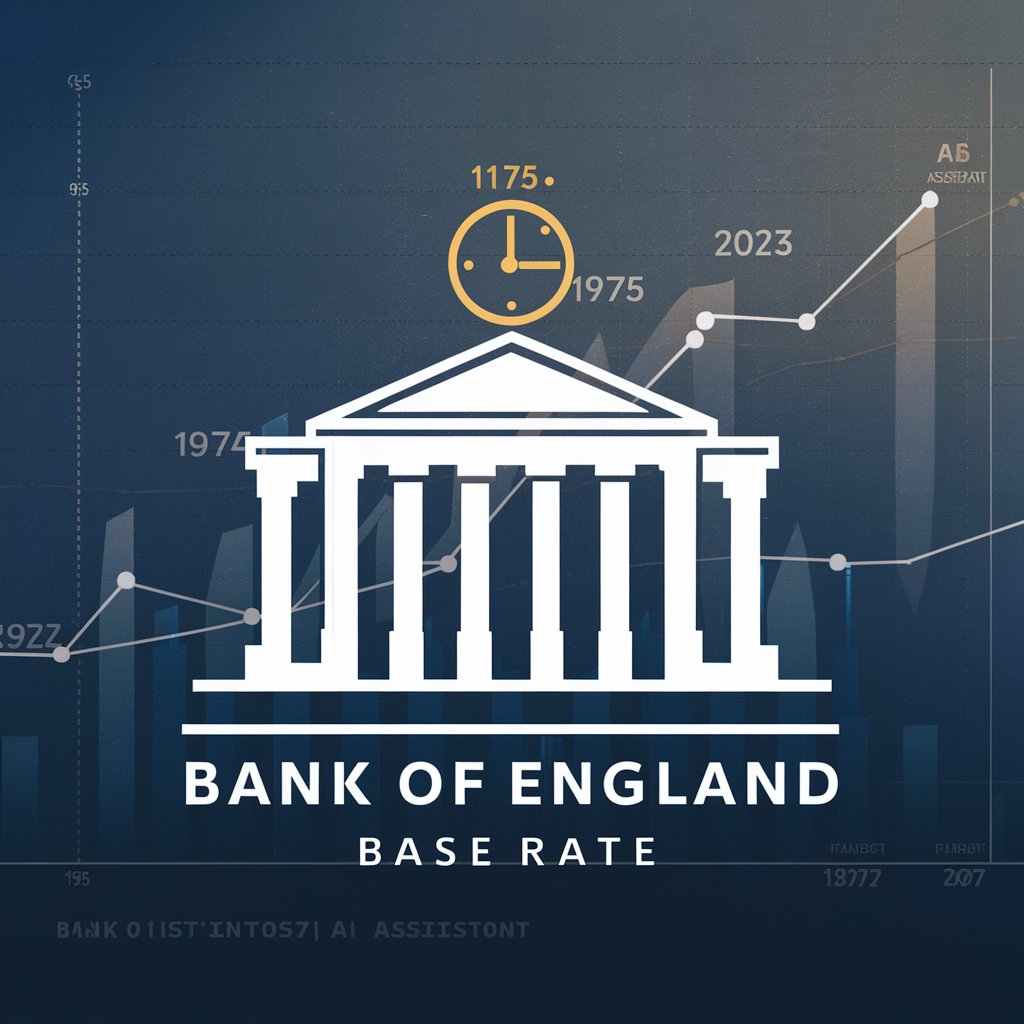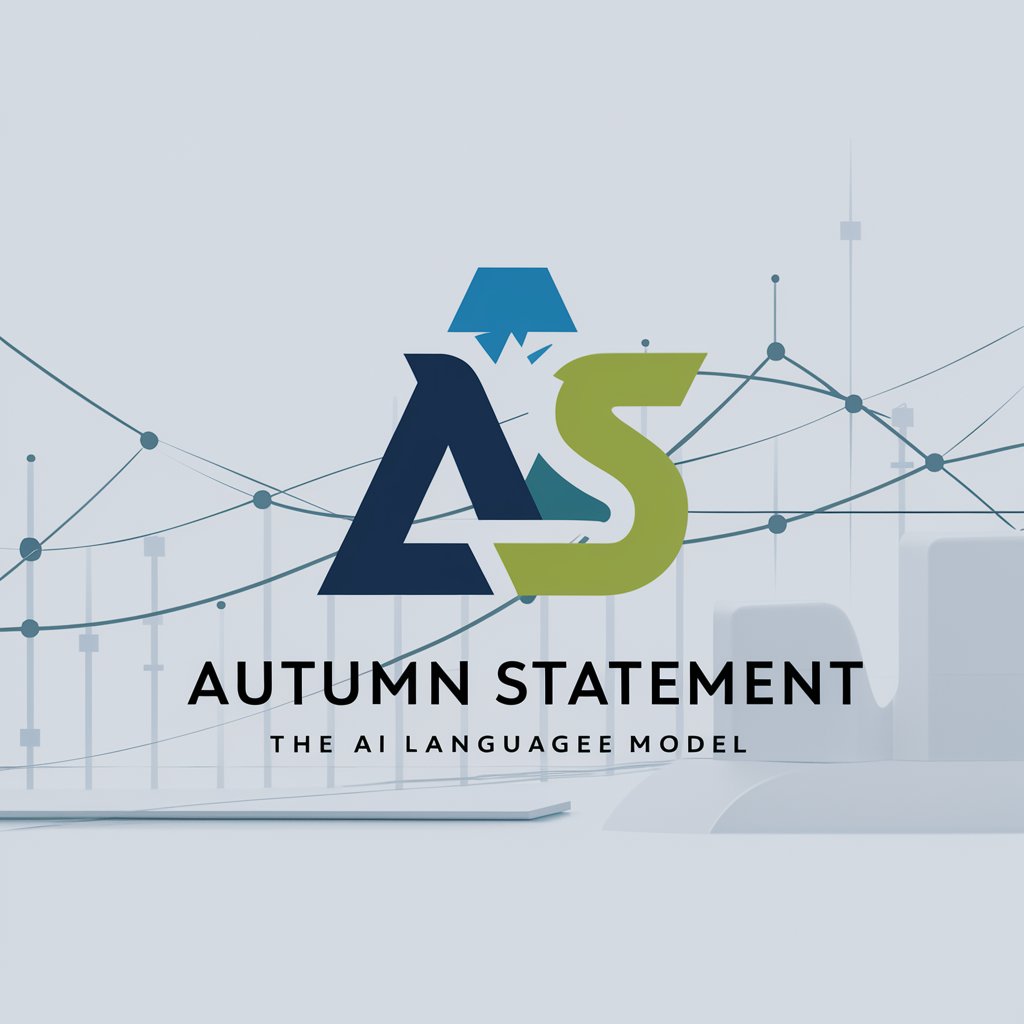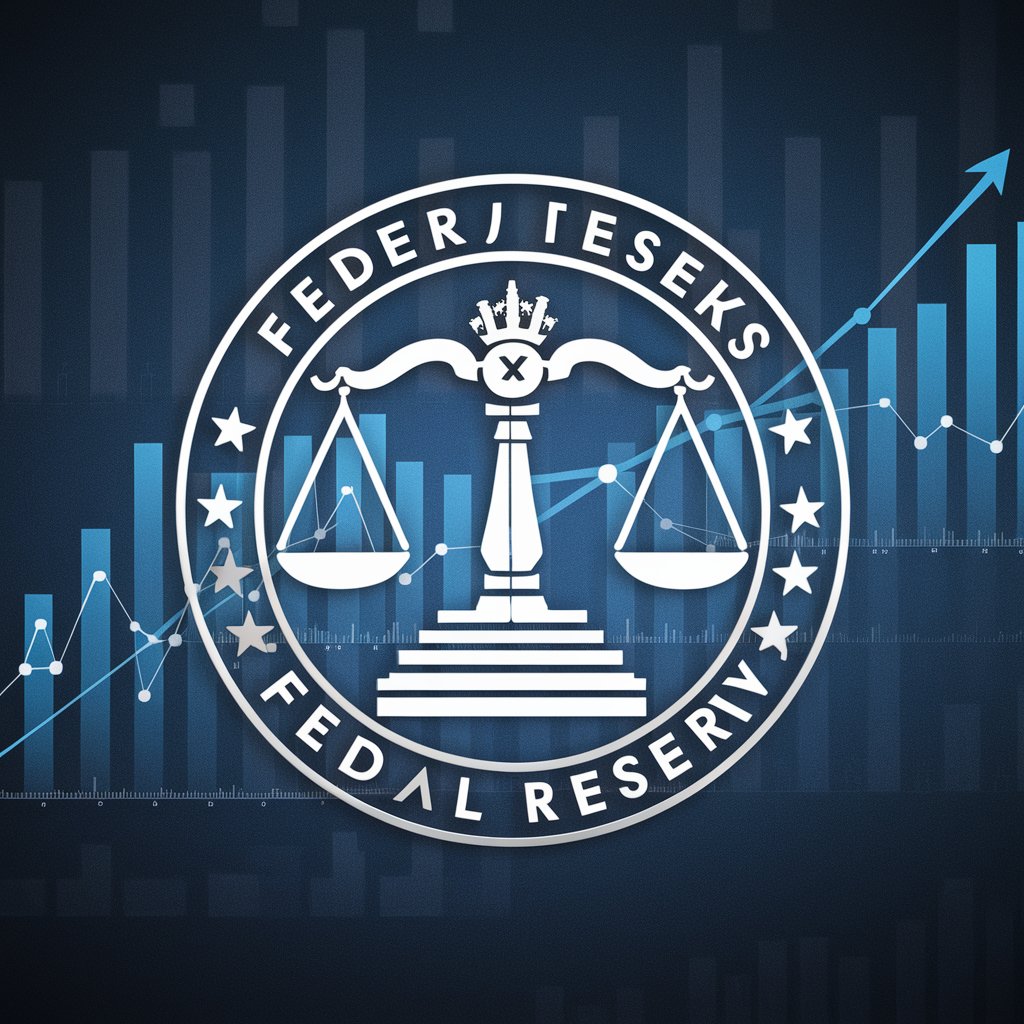
Bank of England Base Rate Data 1975-2023 - Bank of England Rate Data

Hello! Ask me about the Bank of England base rate from 1975 to 2023.
Historical interest rates, AI-enhanced
What was the Bank of England base rate on
Can you tell me the interest rate for
Please provide the base rate data for
I need the historical rate for
Get Embed Code
Introduction to Bank of England Base Rate Data 1975-2023
The Bank of England Base Rate, also known as the Bank Rate, is a key interest rate set by the Bank of England. It influences the rates at which banks and other financial institutions borrow and lend money to each other overnight. The historical data from 1975 to 2023 provides an extensive overview of the monetary policy stance over almost five decades, reflecting how the central bank has responded to economic conditions, inflation, and financial crises. For example, during periods of high inflation, the Bank Rate might be increased to curb spending and borrowing; conversely, during economic downturns, it might be lowered to encourage borrowing and investment. This dataset is crucial for understanding economic trends, making financial decisions, and conducting economic research. Powered by ChatGPT-4o。

Main Functions of Bank of England Base Rate Data 1975-2023
Economic Analysis
Example
Researchers analyzing the impact of monetary policy on inflation rates over the past decades.
Scenario
An economist uses the historical base rate data to study the correlation between interest rate changes and inflation, plotting the data against inflation rates to identify patterns and the effectiveness of monetary policy.
Financial Forecasting
Example
Financial analysts predicting future interest rates based on historical trends.
Scenario
A financial analyst examines the historical base rate data to identify cycles and trends in interest rate adjustments, applying statistical models to forecast future rates and advise investment strategies.
Educational Purposes
Example
Academic institutions using the data to teach economic theories.
Scenario
A university lecturer incorporates the base rate data into their curriculum, enabling students to examine real-world applications of monetary policy theories and understand the central bank's role in managing the economy.
Policy Making
Example
Government officials considering adjustments to economic policy.
Scenario
Policy makers review the historical base rate changes to assess the outcomes of previous monetary policy decisions, aiding in the formulation of future strategies to achieve economic stability and growth.
Ideal Users of Bank of England Base Rate Data 1975-2023 Services
Economists and Researchers
Individuals engaged in studying economic trends, monetary policy impact, and conducting academic research. They benefit from detailed historical data to analyze patterns, test theories, and publish findings.
Financial Analysts and Investors
Professionals in finance who require comprehensive rate data to forecast market trends, assess investment opportunities, and make informed decisions regarding portfolio management.
Policy Makers and Government Officials
Individuals involved in crafting economic and monetary policy can utilize the data to understand the historical context of policy decisions, evaluate their effectiveness, and plan future strategies.
Educators and Students
Academic professionals and their students benefit from access to real-world data to study economic theories, monetary policy, and its implications on the broader economy, enhancing the learning experience.

How to Use the Bank of England Base Rate Data 1975-2023
1
Start by visiting yeschat.ai for a no-signup, free trial experience, ensuring easy access to financial data without the need for ChatGPT Plus.
2
Identify your specific need or interest in the Bank of England base rate data, whether for financial analysis, academic research, investment planning, or economic study.
3
Utilize the tool to query specific dates or periods within the 1975-2023 range to retrieve the Bank of England base rate applicable at that time.
4
Apply the obtained data to your specific use case, such as comparing historical interest rate trends, analyzing economic cycles, or forecasting future rates based on past patterns.
5
Maximize the tool's utility by integrating the data with other financial indicators or models for a comprehensive analysis or research project.
Try other advanced and practical GPTs
Bemba Language and Culture Expert
Unlock Bemba with AI

Rory SutherBot
Empowering Marketing with Behavioral Insights

FODMAPPY
AI-powered FODMAP Analyzer for Digestive Health

Love Dokter
AI-powered wingman for your love life.

方言の泉
Unlocking dialects with AI-powered insights

DesignMint
Elevating Art with AI-Powered Design

SEO Singapore Price Tool
AI-Powered, Precise SEO Pricing Insights

Le VPN
Secure your digital life with AI-powered Le VPN.

A's Writer
Empowering Your Words with AI

英語の添削先生
AI-Powered English Language Mentor

どしたん?話聞こか?
Your empathetic AI companion, ready to listen.

Japanese Sensei
Master Japanese with AI-powered Conversations

Bank of England Base Rate Data 1975-2023 Q&A
What is the Bank of England base rate?
The Bank of England base rate, also known as the 'Bank Rate', is the interest rate that the Bank of England charges banks for borrowing funds. It's a key economic indicator influencing lending rates in the UK, affecting mortgages, loans, and savings.
How can I find the base rate for a specific date?
Using this tool, you can query the base rate by entering the specific date of interest within the 1975-2023 timeframe. The tool will then provide the base rate effective on or nearest to that date.
Can this data help predict future interest rates?
While the tool provides historical data that can be used for trend analysis, predicting future rates involves considering a variety of factors. Historical data can inform models but cannot guarantee future outcomes.
Is there a way to compare rates over multiple years?
Yes, the tool allows users to select broader time frames for comparison, enabling analysis of rate fluctuations over years or specific periods to identify trends and patterns.
Who benefits most from using this data?
Economists, financial analysts, investors, academic researchers, and anyone with an interest in financial planning or economic history can benefit from accessing and analyzing this comprehensive interest rate data.




